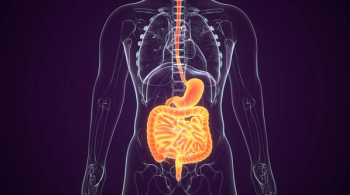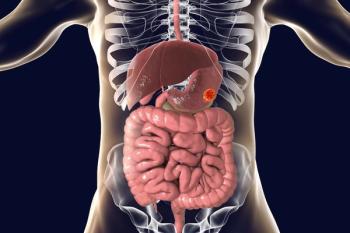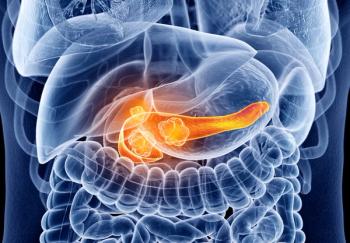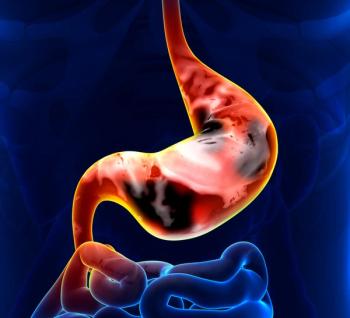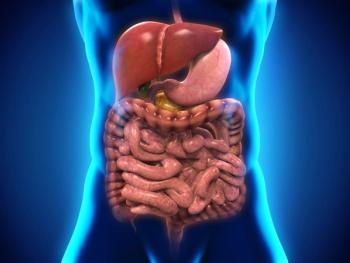
Oncology NEWS International
- Oncology NEWS International Vol 14 No 8
- Volume 14
- Issue 8
Capecitabine, Fractionated Cisplatin as First- Line Therapy for Advanced Gastric Cancer
BEIJING, CHINA-“Capecitabine (Xeloda) plus cisplatin is highly active and well tolerated as first-line treatment of Chinese patients with advanced gastric cancer, with an overall
BEIJING, CHINA-"Capecitabine (Xeloda) plus cisplatin is highly active and well tolerated as first-line treatment of Chinese patients with advanced gastric cancer, with an overall response rate of 46% and a good safety profile with few moderate or severe adverse events," M. L. Jin, MD, of Beijing Cancer Hospital, Beijing, China, reported. Dr. Jin presented the results of a pilot study of this regimen (abstract 4053). Gastric cancer is one of the most common malignancies in China, with a mortality rate of 25.16/100,000 population. The combination of fluoro- uracil (5-FU) and fractionated cisplatin is a standard treatment of advanced gastric cancer in China, but the combination of capecitabine and cisplatin has attracted recent attention. This combination was tested in 154 patients with measurable advanced gastric cancer. The dosage schedule was 1,000 mg/m2 of capecitabine orally twice daily on days 1 to 14 and 20 mg/m2/day of cisplatin IV on days 1 to 5, every 3 weeks for six cycles. Dr. Jin reported data from 141 patients (104 men and 37 women), with a median age of 54 years (range 23 to 80). The main sites of metastases were lymph nodes (45%), liver (40%), and stomach (18%). The median treatment duration was six cycles. Fourteen patients had complete responses (10%), and 50 patients had partial responses (36%), for an overall response rate of 46%. Fifty-four pa- tients (39%) had stable disease. The disease control rate (CR+PR+SD) was 84%. The median disease progressionfree survival and overall survival have not yet been reached. Improved Safety Profile The most common treatment-related adverse events (grade 1/2) were hand-foot syndrome (23%), leukopenia (13%), and SGOT (aspartate transaminase) abnormality (12%). The most common grade 3 adverse events were SGPT (alanine transaminase) abnormality (3%), hand-foot syndrome (2%), and anemia (2%). Dr. Jin said that most grade 3 adverse events im- proved or resolved after treatment or painterruption except in one patient with anemia who withdrew after two cycles of therapy. "Compared with the results of a Korean phase II study, which investigated a higher starting dose of capecitabine (1,250 mg/m2 twice daily) plus cisplatin (60 mg/m2 on day 1), the response rate in our study is slightly lower (64% vs 55%), but the safety profile is considerably improved," Dr. Jin said. "By replacing 5-FU with oral capecitabine, the capecitabine/cisplatin regimen offers the potential for convenient outpatient delivery without the unwanted risks, discomfort, and costs associated with 5-FU-based therapy."
Articles in this issue
over 20 years ago
Intermittent Erlotinib With Docetaxel Shows Promise in NSCLCover 20 years ago
Erlotinib Shows Early Activity in Liver Cancerover 20 years ago
Erlotinib Shows Promise as First-Line Therapy, Phase II Data Showover 20 years ago
Bevacizumab/Erlotinib CombinedBoost Responses in Renal Cell CaNewsletter
Stay up to date on recent advances in the multidisciplinary approach to cancer.


